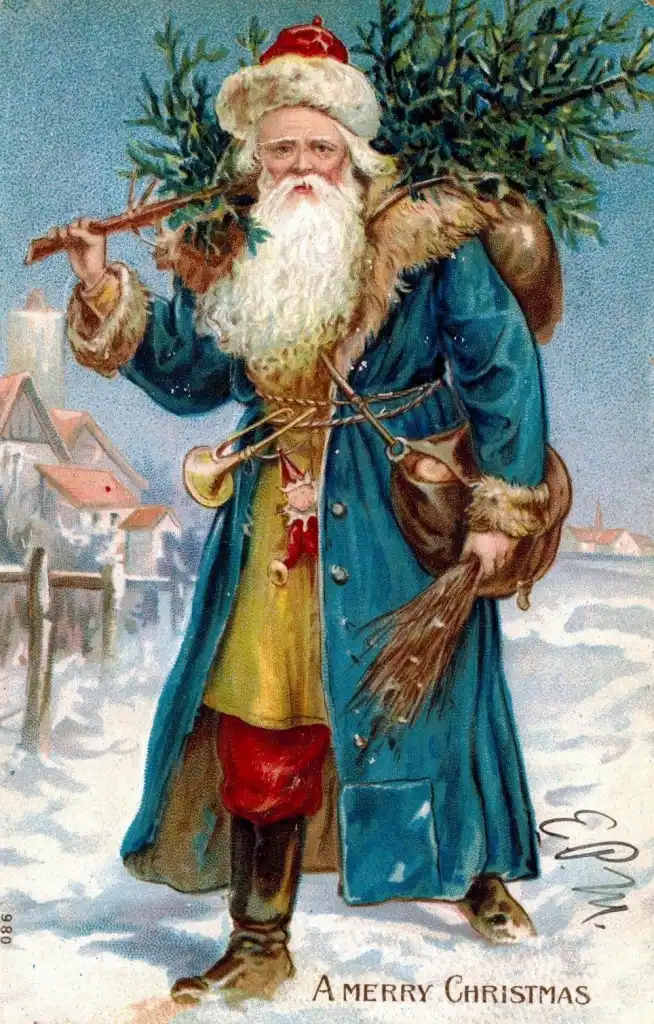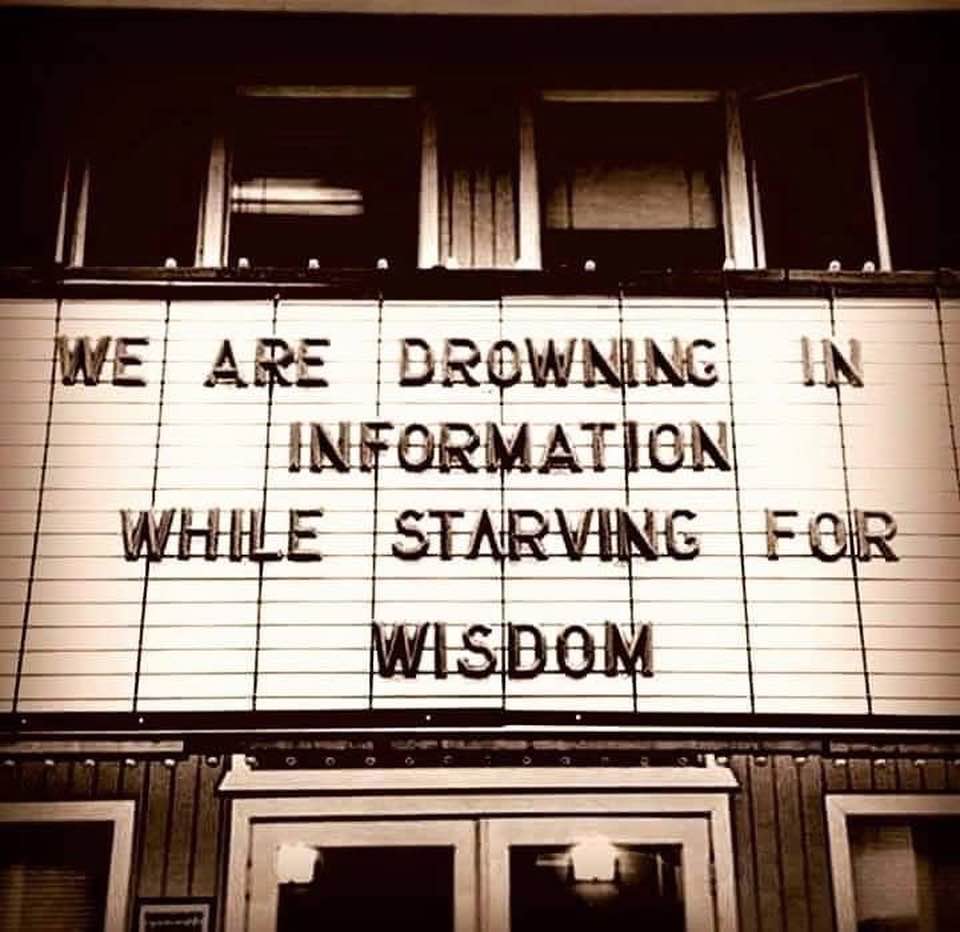Blog
Called the Cone Nebula (in NGC 2264) – so named because in ground-based images it has a conical shape – this monstrous pillar resides in a turbulent star-forming region. This picture, taken by the newly installed Advanced Camera for Surveys (ACS) aboard the NASA/ESA Hubble Space Telescope, shows the upper 2.5 light-years of the Cone, a height that equals 23 million roundtrips to the Moon. The entire pillar is seven light-years long.
Radiation from hot, young stars (located beyond the top of the image) has slowly eroded the nebula over millions of years. Ultraviolet light heats the edges of the dark cloud, releasing gas into the relatively empty region of surrounding space. There, additional ultraviolet radiation causes the hydrogen gas to glow, which produces the red halo of light seen around the pillar. A similar process occurs on a much smaller scale to gas surrounding a single star, forming the bow-shaped arc seen near the upper left side of the Cone. This arc, seen previously with the Hubble telescope, is 65 times larger than the diameter of our Solar System. The blue-white light from surrounding stars is reflected by dust. Background stars can be seen peeking through the evaporating tendrils of gas, while the turbulent base is pockmarked with stars reddened by dust.
Over time, only the densest regions of the Cone will be left. But inside these regions, stars and planets may form. The Cone Nebula resides 2500 light-years away in the constellation Monoceros.
The Cone is a cousin of the M16 pillars, which the Hubble telescope imaged in 1995. Consisting mainly of cold gas, the pillars in both regions resist being eroded away by the blistering ultraviolet radiation from young, massive stars. Pillars like the Cone and M16 are common in large regions of star birth. Astronomers believe that these pillars may be incubators for developing stars.
The ACS made this observation on 2 April 2002. The colour image is constructed from three separate images taken in blue, near-infrared, and hydrogen-alpha filters.
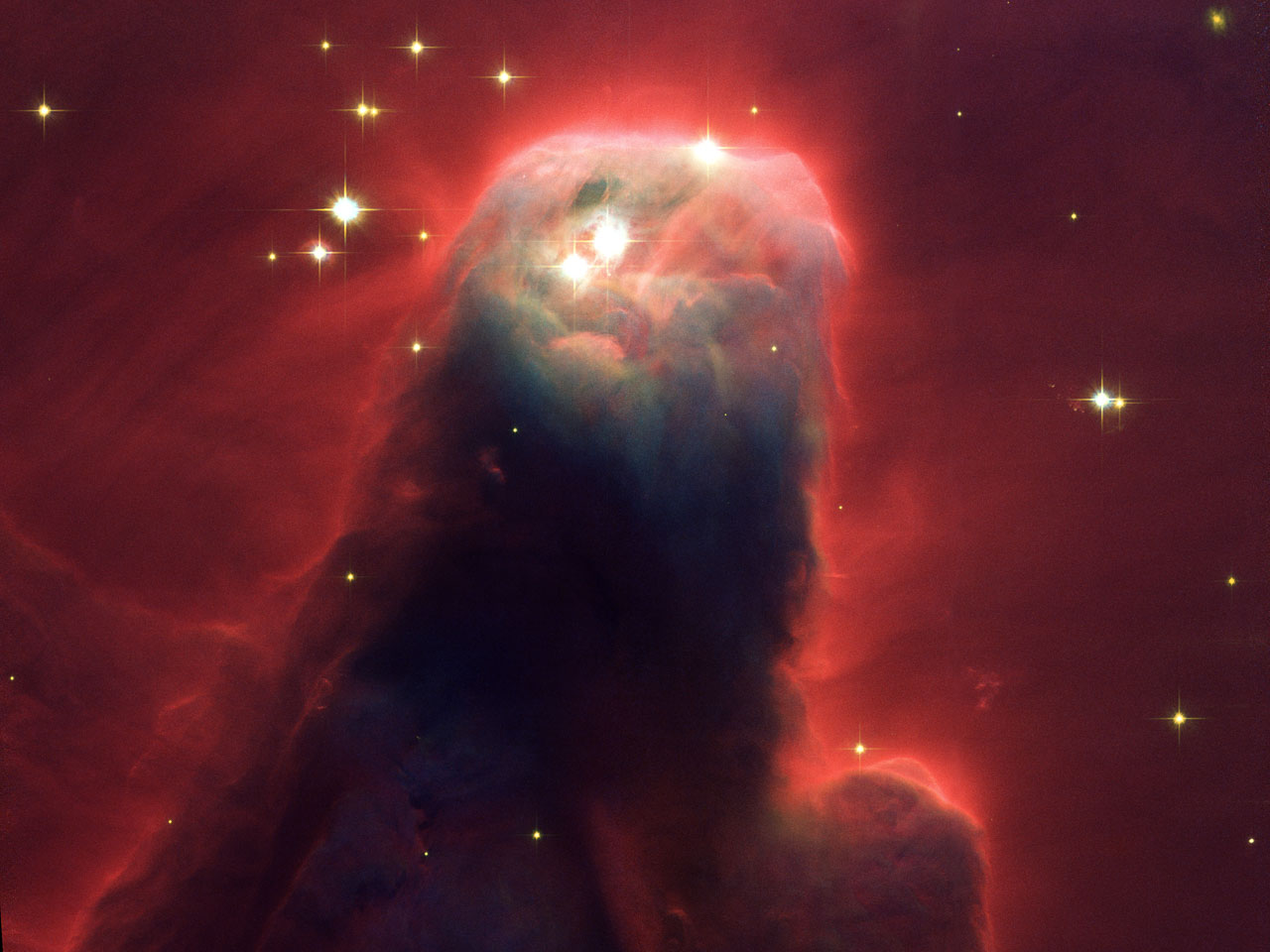
Thomas Alan Waits (born December 7, 1949) is an American musician, composer, songwriter, and actor. His lyrics often focus on society’s underworld and are delivered in his trademark deep, gravelly voice. He began in the folk scene during the 1970s, but his music since the 1980s has reflected the influence of such diverse genres as rock, Delta blues, opera, vaudeville, cabaret, funk, hip hop and experimental techniques verging on industrial music. Per The Wall Street Journal, Waits “has composed a body of work that’s at least comparable to any songwriter’s in pop today. A keen, sensitive and sympathetic chronicler of the adrift and downtrodden, Mr. Waits creates three-dimensional characters who, even in their confusion and despair, are capable of insight and startling points of view. Their stories are accompanied by music that’s unlike any other in pop history.”
Tom Waits was born and raised in a middle-class family in Pomona, California. Inspired by the work of Bob Dylan and the Beat Generation, he began singing on the San Diego folk circuit. He relocated to Los Angeles in 1972, where he worked as a songwriter before signing a recording contract with Asylum Records. His first albums were the jazzy Closing Time (1973), The Heart of Saturday Night (1974) and Nighthawks at the Diner (1975), which reflected his lyrical interest in poverty, criminality and nightlife. He repeatedly toured the United States, Europe and Japan, and found greater critical and commercial success with Small Change (1976), Blue Valentine (1978) and Heartattack and Vine (1980). During this period, Waits entered the world of film, acting in Paradise Alley (1978), where he met a young story editor named Kathleen Brennan. He composed the soundtrack for Francis Ford Coppola‘s One from the Heart (1982) and made cameos in several subsequent Coppola films.
In 1980, Waits married Brennan, split from his manager and record label, and moved to New York City. With Brennan’s encouragement and frequent collaboration, he pursued a more eclectic and experimental sound influenced by Harry Partch and Captain Beefheart, as heard on the loose trilogy Swordfishtrombones (1983), Rain Dogs (1985) and Franks Wild Years (1987). Waits starred in Jim Jarmusch‘s Down by Law (1986), lent his voice to his Mystery Train (1989), composed the soundtrack for his Night on Earth (1991) and appeared in his Coffee and Cigarettes (2003). He collaborated with Robert Wilson and William S. Burroughs on the “cowboy opera” The Black Rider (1990), the songs for which were released on the album The Black Rider. Waits and Wilson collaborated again on Alice (2002) and Woyzeck(2000). Bone Machine (1992) and Mule Variations (1999) won Grammys for Best Alternative Music Albumand Best Contemporary Folk Album, respectively. In 2002, the songs from Alice and Wozzeck were recorded and released on the albums Alice and Blood Money. Waits went on to release Real Gone (2004), the compilation Orphans: Brawlers, Bawlers & Bastards (2006), the live album Glitter and Doom Live (2009) and Bad as Me (2011).
Waits has influenced many artists and gained an international cult following. His songs have been covered by Bruce Springsteen, Tori Amos, Rod Stewart and the Ramones and he has written songs for Johnny Cash and Norah Jones, among others. In 2011, he was inducted into the Rock and Roll Hall of Fame. Introducing him, Neil Young said: “This next man is indescribable, and I’m here to describe him. He’s sort of a performer, singer, actor, magician, spirit guide, changeling… I think it’s great that the Rock and Roll Hall of Fame has recognized this immense talent. Could have been the Motion Picture Hall of Fame, could have been the Blues Hall of Fame, could have been the Performance Artist Hall of Fame, but it was the Rock and Roll Hall of Fame that recognized the great Tom Waits.” In accepting the award, Waits mused, “They say that I have no hits and that I’m difficult to work with. And they say that like it’s a bad thing!”
more...Mads Vinding (born 7 December 1948, Copenhagen, Denmark) is a Danish jazz double-bassist.
Vinding began his professional career when he was 16 as the house bassist for Jazzhus Montmartre, a jazz club in Copenhagen. He has played on more than 800 recordings and more than 1000 Radio/TV shows.
more...Louis Leo Prima (December 7, 1910 – August 24, 1978 NOLA) was an American trumpeter, singer, entertainer, and bandleader. While rooted in New Orleans jazz, swing music, and jump blues, Prima touched on various genres throughout his career: he formed a seven-piece New Orleans–style jazz band in the late 1920s, fronted a swing combo in the 1930s and a big band group in the 1940s, helped to popularize jump blues in the late 1940s and early to mid 1950s, and performed frequently as a Vegaslounge act beginning in the 1950s.
From the 1940s through the 1960s, his music further encompassed early R&B and rock ‘n’ roll, boogie-woogie, and Italian folk music, such as the tarantella. Prima made prominent use of Italian music and language in his songs, blending elements of his Italian and Sicilian identity with jazz and swing music. At a time when ethnic musicians were discouraged from openly stressing their ethnicity, Prima’s conspicuous embrace of his Sicilian ethnicity opened the doors for other Italian-American and ethnic American musicians to display their ethnic roots.
Prima is also known for providing the voice for the orangutan King Louie in the 1967 Disney film The Jungle Book.
more...Friday December 6th 2024 6pm Erev Shabbat Service: Building Bridges in a Time of Polarization music with Inbal Sharett-Singer, Jayson Rodovsky, Jeff Bailey, Peter Whitman and mick laBriola.
more...NGC 300 (also known as Caldwell 70 or the Sculptor Pinwheel Galaxy) is a spiral galaxy in the constellation Sculptor. It was discovered on 5 August 1826 by Scottish astronomer James Dunlop.It is one of the closest galaxies to the Local Group, and it most likely lies between the latter and the Sculptor Group. It is the brightest of the five main spirals in the direction of the Sculptor Group. It is inclined at an angle of 42° when viewed from Earth and shares many characteristics of the Triangulum Galaxy. It is 94,000 light-years in diameter, somewhat smaller than the Milky Way, and has an estimated mass of (2.9 ± 0.2) × 1010 M☉.
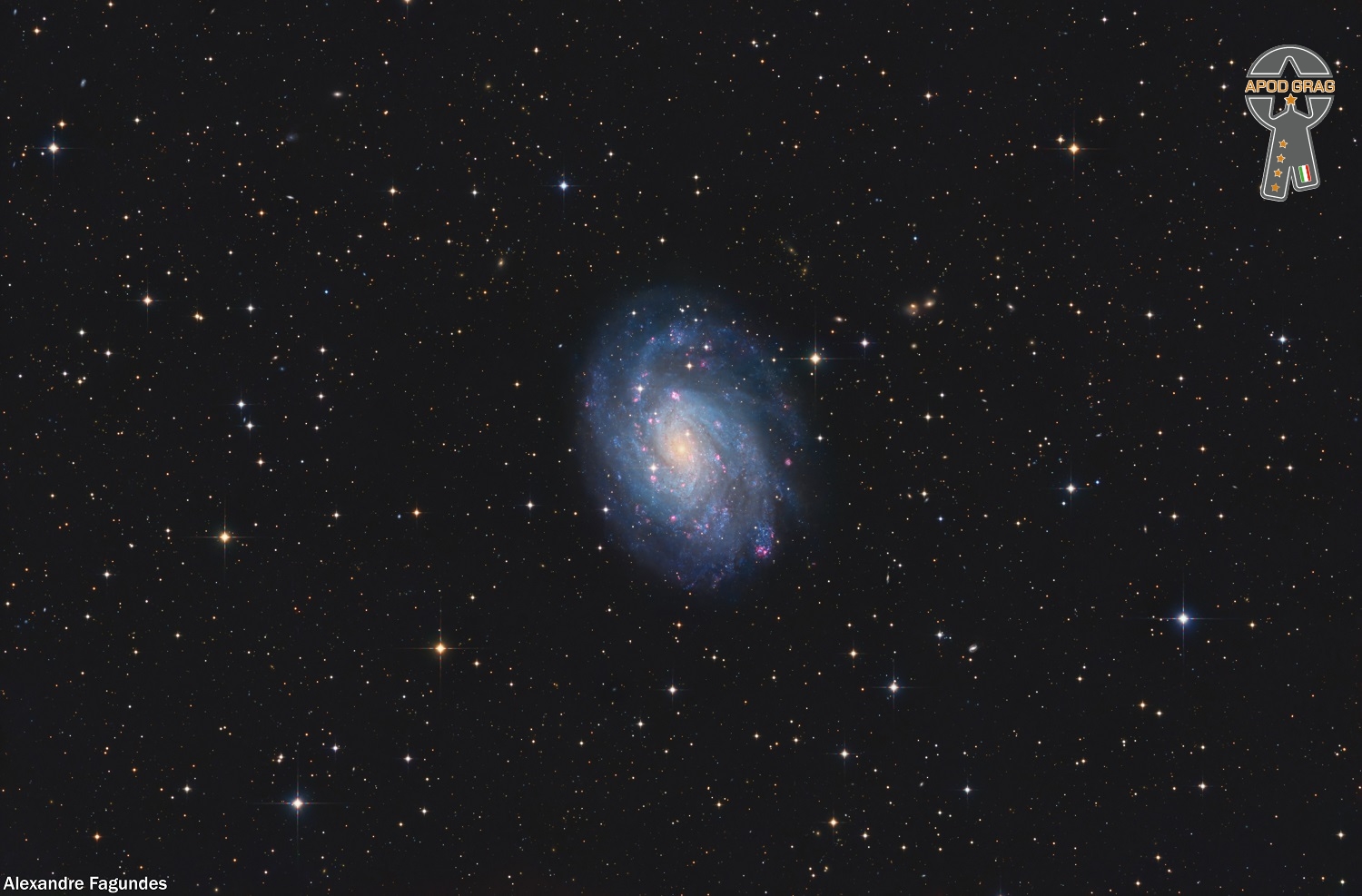
Joseph Francis Lamb (December 6, 1887 – September 3, 1960) was an American composer of ragtime music. Lamb, of Irish descent, was the only non-African American of the “Big Three” composers of classical ragtime, the other two being Scott Joplin and James Scott. The ragtime of Joseph Lamb ranges from standard popular fare to complex and highly engaging. His use of long phrases was influenced by classical works he had learned from his sister and others while growing up, but his sense of structure was potentially derived from his study of Joplin’s piano rags. By the time he added some polish to his later works in the 1950s, Lamb had mastered the classic rag genre in a way that almost no other composer was able to approach at that time, and continued to play it passably as well, as evidenced by at least two separate recordings done in his home, as well as a few recorded interviews.
more...Miroslav Ladislav Vitouš (born 6 December 1947) is a Czech jazz bassist.
Born in Prague, Vitouš began the violin at age six, switching to piano after about three years, and then to bass at age fourteen. As a young man in Europe, Vitouš was a competitive swimmer. One of his early music groups was the Junior Trio with his brother Alan on drums and Jan Hammer on keyboards. He studied music at the Prague Conservatory under František Pošta, and won a music contest in Vienna in 1966 that gave him a scholarship to the Berklee College of Music in Boston, which he attended one year before going to Chicago to play with a group co-led by the classically inclined trombonist Bob Brookmeyerand flugelhorn pioneer Clark Terry.
more...David Warren Brubeck (December 6, 1920 – December 5, 2012) was an American jazz pianist and composer. Often regarded as a foremost exponent of cool jazz, Brubeck’s work is characterized by unusual time signatures and superimposing contrasting rhythms, meters, tonalities, and combining different styles and genres, like classic, jazz, and blues.
Born in Concord, California, Brubeck was drafted into the US Army, but was spared from combat service when a Red Cross show he had played at became a hit. Within the US Army, Brubeck formed one of the first racially diverse bands. In 1951, he formed the Dave Brubeck Quartet, which kept its name despite shifting personnel. The most successful—and prolific—lineup of the quartet was the one between 1958 and 1968. This lineup, in addition to Brubeck, featured saxophonist Paul Desmond, bassist Eugene Wright and drummer Joe Morello. A U.S. Department of State-sponsored tour in 1958 featuring the band inspired several of Brubeck’s subsequent albums, most notably the 1959 album Time Out. Despite its esoteric theme and contrarian time signatures, Time Out became Brubeck’s highest-selling album, and the first jazz album to sell over one million copies. The lead single from the album, “Take Five“, a tune written by Desmond in 54 time, similarly became the highest-selling jazz single of all time. The quartet followed up Time Out with four other albums in non-standard time signatures, and some of the other songs from this series became hits as well, including “Blue Rondo à la Turk” (in 98) and “Unsquare Dance” (in 74). Brubeck continued releasing music until his death in 2012.
Brubeck’s style ranged from refined to bombastic, reflecting both his mother’s classical training and his own improvisational skills. He expressed elements of atonality and fugue. Brubeck, with Desmond, used elements of West Coast jazz near the height of its popularity, combining them with the unorthodox time signatures seen in Time Out. Like many of his contemporaries, Brubeck played into the style of the French composer Darius Milhaud, especially his earlier works, including “Serenade Suite” and “Playland-At-The-Beach”. Brubeck’s fusion of classical music and jazz would come to be known as “third stream“, although Brubeck’s use of third stream would predate the coining of the term. John Fordham of The Guardiancommented: “Brubeck’s real achievement was to blend European compositional ideas, very demanding rhythmic structures, jazz song-forms and improvisation in expressive and accessible ways.”
Brubeck was the recipient of several music awards and honors throughout his lifetime. In 1996, Brubeck received a Grammy Lifetime Achievement Award. In 2008, Brubeck was inducted into the California Hall of Fame, and a year later, he was given an honorary Doctor of Music degree from Berklee College of Music. Brubeck’s 1959 album Time Out was added to the Library of Congress‘ National Recording Registry in 2005. Noted as “one of Jazz’s first pop stars” by the Los Angeles Times, Brubeck rejected his fame, and felt uncomfortable with Time magazine featuring him on the cover before Duke Ellington.
more...Arp 273 is a pair of interacting galaxies, 300 million light years away in the constellation Andromeda. It was first described in the Atlas of Peculiar Galaxies, compiled by Halton Arp in 1966. The larger of the spiral galaxies, known as UGC 1810, is about five times more massive than the smaller galaxy. It has a disc that is tidally distorted into a rose-like shape by the gravitational pull of the companion galaxy below it, known as UGC 1813. The smaller galaxy shows distinct signs of active star formation at its nucleus,and “it is thought that the smaller galaxy has actually passed through the larger one.
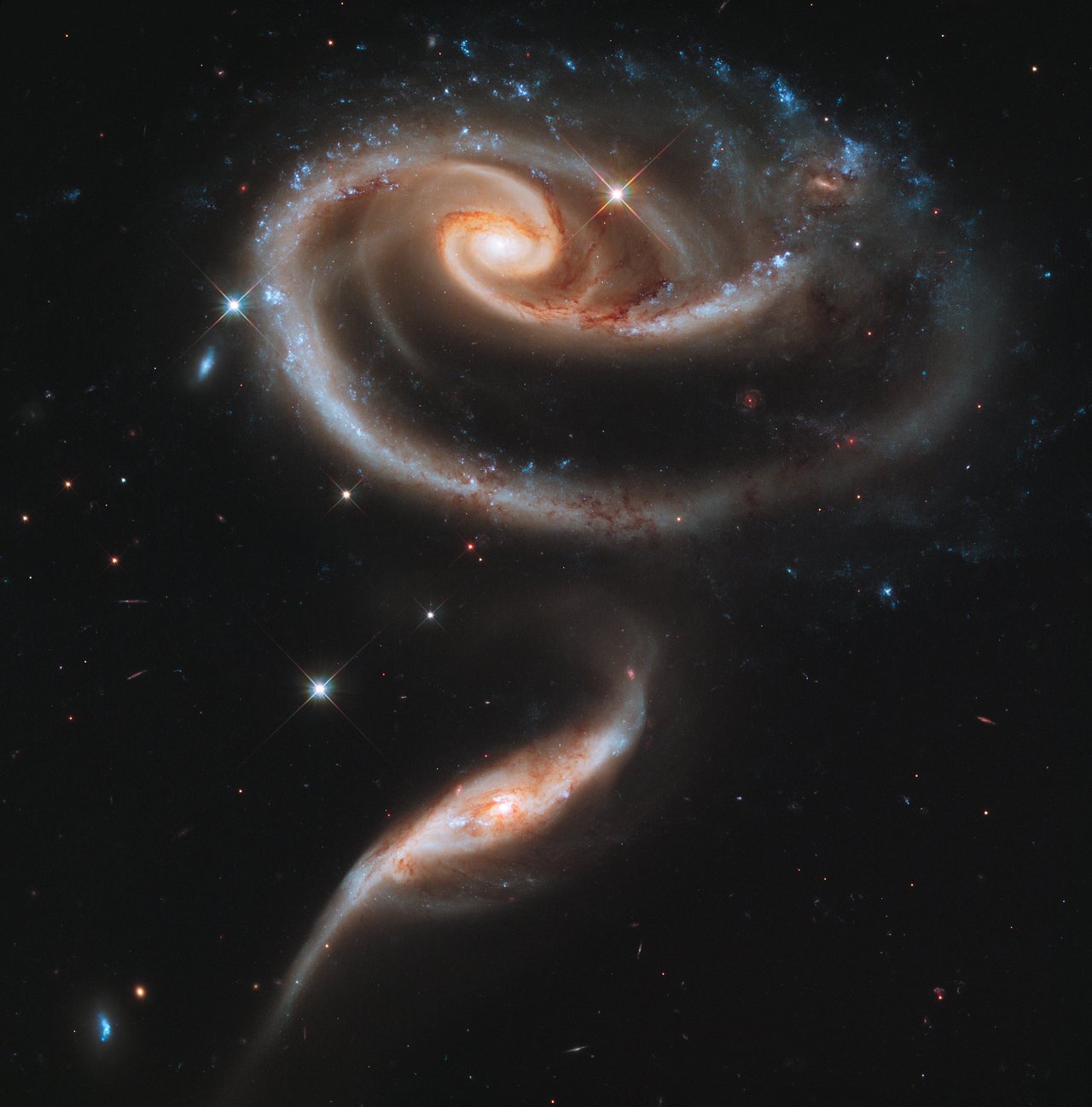
José Monje Cruz (5 December 1950 – 2 July 1992), better known by his stage name
He was born in San Fernando, Cádiz, Spain, into a Spanish Romani family, the seventh of eight children. His mother was Juana Cruz Castro, a “Canastera”, literally a basket weaver, and meaning from a wandering Roma family, and whose gift of singing was a strong early influence.
His father, Juan Luis Monje, was also a singer as well as a blacksmith, and had a forge where Camarón worked as a boy. His uncle José nicknamed him Camarón (Spanish for “Shrimp”) because he was blonde and fair skinned.
When his father died of asthma, while still very young, the family went through financial hardship. At the age of eight he began to sing at inns and bus stops with Rancapino to earn money. At sixteen, he won first prize at the Festival del Cante Jondo in Mairena del Alcor. Camarón then went to Madrid with Miguel de los Reyes and in 1968 became a resident artist at the Tablao Torres Bermejas, where he remained for twelve years.
, was a Spanish Romani flamenco singer. Considered one of the all-time greatest flamenco singers, he was noted for his collaborations with Paco de Lucía and Tomatito, and the three of them were of major importance to the revival of flamenco in the second half of the 20th century.
more...Richard Wayne Penniman (December 5, 1932 – May 9, 2020), known professionally as Little Richard, was an American singer, pianist, and songwriter. He was an influential figure in popular music and culture for seven decades. Described as the “Architect of Rock and Roll“, Richard’s most celebrated work dates from the mid-1950s, when his charismatic showmanship and dynamic music, characterized by frenetic piano playing, pounding backbeat and powerful raspy vocals, laid the foundation for rock and roll. Richard’s innovative emotive vocalizations and uptempo rhythmic music played a key role in the formation of other popular music genres, including soul and funk. He influenced singers and musicians across musical genres from rock to hip hop; his music helped shape rhythm and blues for generations.
“Tutti Frutti” (1955), one of Richard’s signature songs, became an instant hit, crossing over to the pop charts in the United States and the United Kingdom. His next hit single, “Long Tall Sally” (1956), hit No. 1 on the Billboard Rhythm and Blues Best-Sellers chart, followed by a rapid succession of fifteen more in less than three years. In 1962, after a five-year period during which Richard abandoned rock and roll music for born-again Christianity, concert promoter Don Arden persuaded him to tour Europe. During this time, the Beatles opened for Richard on some tour dates.
Richard is cited as one of the first crossover black artists, reaching audiences of all races. His music and concerts broke the color line, drawing black and white people together despite attempts to sustain segregation. Many of his contemporaries, including Elvis Presley, Buddy Holly, Bill Haley, Jerry Lee Lewis, the Everly Brothers, Gene Vincent, Pat Boone, and Eddie Cochran, recorded covers of his works.
Richard was honored by many institutions. He was inducted into the Rock and Roll Hall of Fame as part of its first group of inductees in 1986. He was also inducted into the Songwriters Hall of Fame. He was the recipient of Lifetime Achievement Awards from The Recording Academy and the Rhythm and Blues Foundation. In 2015, Richard received a Rhapsody & Rhythm Award from the National Museum of African American Music. “Tutti Frutti” was included in the National Recording Registry of the Library of Congress in 2010, which stated that his “unique vocalizing over the irresistible beat announced a new era in music”.
more...Alex or Aleck Miller (originally Ford, possibly December 5, 1912 – May 24, 1965 Greenwood, MS), known later in his career as Sonny Boy Williamson, was an American blues harmonica player, singer and songwriter. He was an early and influential blues harp stylist who recorded successfully in the 1950s and 1960s. Miller used various names, including Rice Miller and Little Boy Blue, before calling himself Sonny Boy Williamson, which was also the name of a popular Chicago blues singer and harmonica player. To distinguish the two, Miller has been referred to as Sonny Boy Williamson II.
He first recorded with Elmore James on “Dust My Broom“. Some of his popular songs include “Don’t Start Me Talkin’“, “Help Me“, “Checkin’ Up on My Baby“, and “Bring It On Home“. He toured Europe with the American Folk Blues Festival and recorded with English rock musicians, including the Yardbirds and Animals. “Help Me” became a blues standard, and many blues and rock artists have recorded his songs.
more...More Posts
- Charles Moffett Day
- Eddie Duran Day
- Jimmy Reed Day
- Buddy Bolden Day
- World Music with Saraswathi Ranganathan
- Daily Roots with Roots Radics/King Tubby
- Surviving the Pandemic and Realizing Racial Justice
- The Cosmos with M42
- Dweezil Zappa Day
- Buddy Miles Day
- Albert Mangelsdorff Day
- John Cage Day
- Sunnyland Slim Day
- World Music with Songhoy Blues
- Daily Roots with Barrington Levy
- Music for Surviving the Pandemic and Realizing Racial Justice
- The Cosmos with NGC 7380
- Bireli Lagrene Day
- Gene Parsons Day
- Gerald Wilson Day
